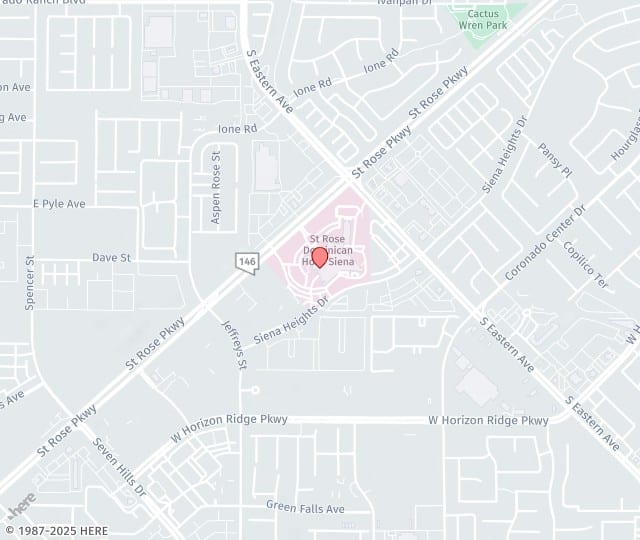Recently, the Food and Drug Administration (FDA) updated the information on their website regarding a condition called breast implant-associated anaplastic large cell lymphoma (BIA-ALCL). Media reports of this update have resulted in considerable confusion among the public regarding the safety of breast implants the risks of developing BIA-ALCL. Dr. Hayley Brown wants to make sure you have accurate facts about this condition. If you’re considering breast augmentation and are concerned about the risks of BIA-ALCL, we encourage you to read this blog post and call our office if you have any additional questions.
What is Breast Implant-Associated Anaplastic Large Cell Lymphoma (BIA-ALCL)?
Breast implant-associated anaplastic large cell lymphoma is a rare form of lymphoma that develops right near your breast implants. The condition develops in the fluid surrounding the implant. BIA-ALCL is typically contained by the fibrous capsule surrounding the implant and doesn’t enter the breast tissue.
It’s important to understand that BIA-ALCL is not the same as breast cancer. In fact, it is a much rarer condition. Approximately 1 in 8 women will develop breast cancer during their lives, while only 1 in 30,000 women with breast implants are at risk of developing BIA-ALCL.
Symptoms of BIA-ALCL
The most common symptoms of BIA-ALCL include:
- Persistent swelling of the breast
- Lump in the breast or armpit
These symptoms generally start to develop 3-14 years after breast implant placement. The most common time to develop symptoms is approximately 8 years after your breast augmentation procedure.
BIA-ALCL Risk Factors
Due to the rarity of this disease, it’s difficult to conclusively determine the risk factors of BIA-ALCL. It has developed in both women who have undergone cosmetic breast augmentation and women who have undergone breast reconstruction after a mastectomy.
In addition, the condition has developed in women who have both saline and silicone breast implants. Currently, there has never been a documented case of BIA-ALCL associated with smooth breast implants. The condition seems to be associated only with textured implants and textured tissue expanders used as part of breast reconstruction.
Unless you exhibit symptoms, there’s no need to get screened for BIA-ALCL. However, if you notice any changes in your breasts associated with breast implants, you should schedule a breast exam at once.
BIA-ALCL Treatment
The good news is that currently, all known cases of BIA-ALCL that were diagnosed in a timely manner have resulted in a 100% recovery rate. In most instances, treatment involves removing the breast implants along with the fibrous capsule surrounding them.
Unless you notice symptoms of BIA-ALCL or other complications associated with your breast implants, there is no need to remove the implants. Breast augmentation is a very safe procedure, and the vast majority of patients never experience any serious complications.
You can learn more about BIA-ALCL by reading this press release from the American Society for Aesthetic Plastic Surgery.
Dr. Brown believes that patient education is an important part of the breast augmentation process, and she is happy to answer any questions you may have regarding BIA-ALCL. The best way to have this discussion is to schedule a consultation at our Henderson plastic surgery office.
Please contact Desert Hills Plastic Surgery Center using the form on this page or call 702-260-7707 today to schedule your breast augmentation consultation. We serve patients in Las Vegas, Henderson and the surrounding areas of Nevada.


